AIDA: an adaptive image deconvolution algorithm with application to multi-frame and three-dimensional data
- PMID: 17491626
- PMCID: PMC3166524
- DOI: 10.1364/josaa.24.001580
AIDA: an adaptive image deconvolution algorithm with application to multi-frame and three-dimensional data
Abstract
We describe an adaptive image deconvolution algorithm (AIDA) for myopic deconvolution of multi-frame and three-dimensional data acquired through astronomical and microscopic imaging. AIDA is a reimplementation and extension of the MISTRAL method developed by Mugnier and co-workers and shown to yield object reconstructions with excellent edge preservation and photometric precision [J. Opt. Soc. Am. A21, 1841 (2004)]. Written in Numerical Python with calls to a robust constrained conjugate gradient method, AIDA has significantly improved run times over the original MISTRAL implementation. Included in AIDA is a scheme to automatically balance maximum-likelihood estimation and object regularization, which significantly decreases the amount of time and effort needed to generate satisfactory reconstructions. We validated AIDA using synthetic data spanning a broad range of signal-to-noise ratios and image types and demonstrated the algorithm to be effective for experimental data from adaptive optics-equipped telescope systems and wide-field microscopy.
Figures






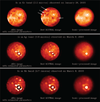
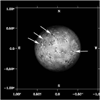
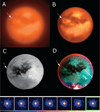



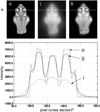
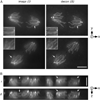
References
-
- Roddier F. Adaptive Optics in Astronomy. Cambridge U. Press; 2004.
-
- Christou JC, Bonnacini D, Ageorges N, Marchis F. Myopic deconvolution of adaptive optics images. ESO Messenger. 1999;97:14–22.
-
- Véran J-P, Rigaut F, Henri M, Rouan D. Estimation of the adaptive optics long-exposure point-spread function using control loop data. J. Opt. Soc. Am. A. 1997;14:3057–3069.
-
- Gibson SF, Lanni F. Experimental test of an analytical model of aberration in an oil-immersion objective lens used in three-dimensional light microscopy. J. Opt. Soc. Am. A. 1991;8:1601–1613. - PubMed
-
- Le Mignant D, Marchis F, Bonaccini D, Prado P, Barrios E, Tighe R, Merino V, Sanchez A The 3.60m Telescope Team, and ESO Adaptive Optics Team. The ESO ADONIS system: a 3 years experience in observing methods. In: Bonaccini D, editor. ESO Conference and Workshop Proceedings; European Southern Observatory; 1999. p. 287.
Publication types
MeSH terms
Grants and funding
LinkOut - more resources
Full Text Sources
Other Literature Sources

